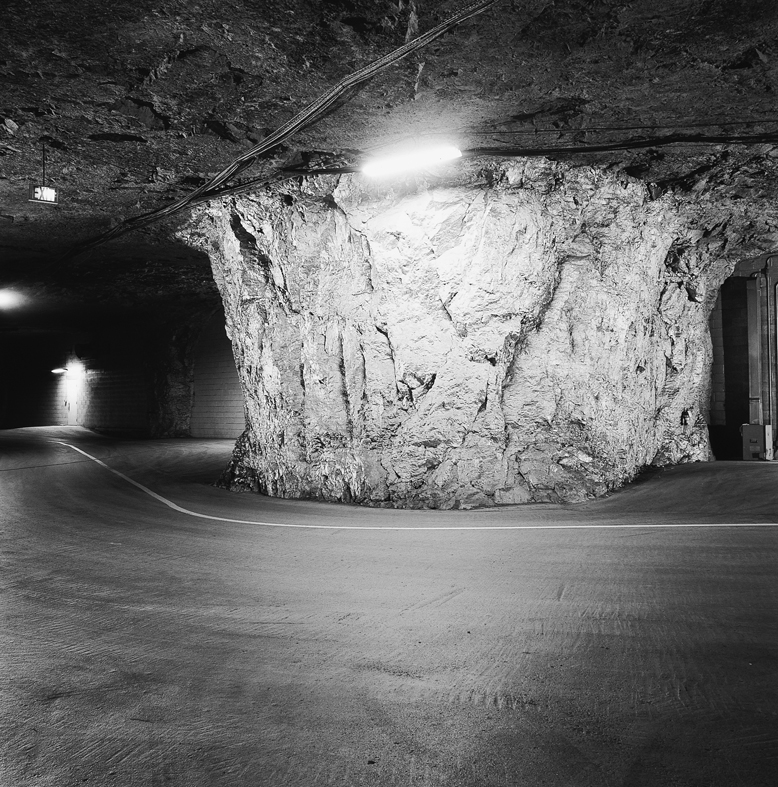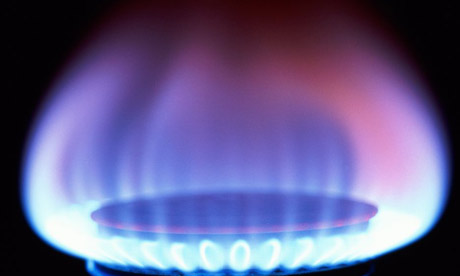Britain’s biggest wind farm companies are to be paid not to produce electricity when the wind is blowing.

Energy firms will receive thousands of pounds a day per wind farm to turn off their turbines because the National Grid cannot use the power they are producing
Energy firms will receive thousands of pounds a day per wind farm to turn off their turbines because the National Grid cannot use the power they are producing.
Critics of wind farms have seized on the revelation as evidence of the unsuitability of turbines to meet the UK’s energy needs in the future. They claim that the ‘intermittent’ nature of wind makes such farms unreliable providers of electricity.
The National Grid fears that on breezy summer nights, wind farms could actually cause a surge in the electricity supply which is not met by demand from businesses and households.
The electricity cannot be stored, so one solution – known as the ‘balancing mechanism’ – is to switch off or reduce the power supplied.
The system is already used to reduce supply from coal and gas-fired power stations when there is low demand. But shutting down wind farms is likely to cost the National grid – and ultimately consumers – far more. When wind turbines are turned off, owners are being deprived not only of money for the electricity they would have generated but also lucrative ‘green’ subsidies for that electricity.
The first successful test shut down of wind farms took place three weeks ago. Scottish Power received £13,000 for closing down two farms for a little over an hour on 30 May at about five in the morning.
Whereas coal and gas power stations often pay the National Grid £15 to £20 per megawatt hour they do not supply, Scottish Power was paid £180 per megawatt hour during the test to switch off its turbines.
It raises the prospect of hugely profitable electricity suppliers receiving large sums of money from the National Grid just for switching off wind turbines.
Dr Lee Moroney, planning director of the Renewable Energy Foundation, a think tank opposed to the widespread introduction of wind farms, said: “As more and more wind farms come on stream this will become more and more of an issue. Wind power is not controllable and does not provide a solid supply to keep the national grid manageable. Paying multinational companies large sums of money not to supply electricity seems wrong.”
Earlier this year, The Sunday Telegraph revealed that electricity customers are paying more than £1 billion a year to subsidise wind farms and other forms of renewable energy.
Read moreEnergy Firms Paid To Shut Down Wind Farms During Wind














